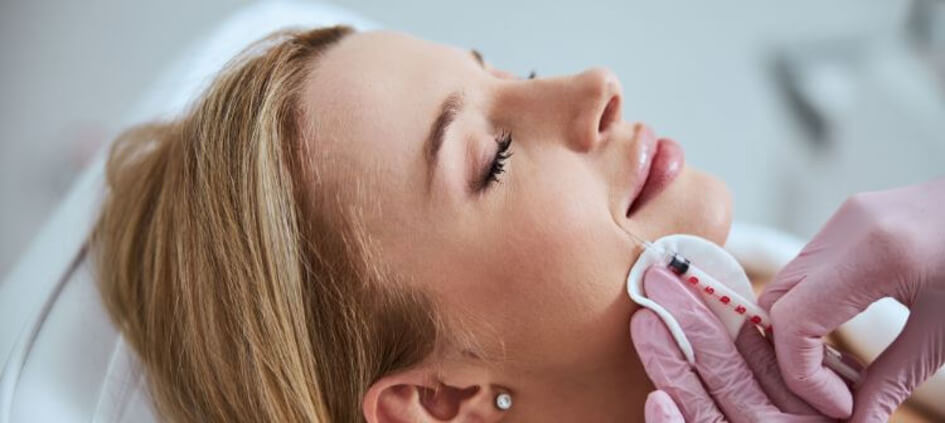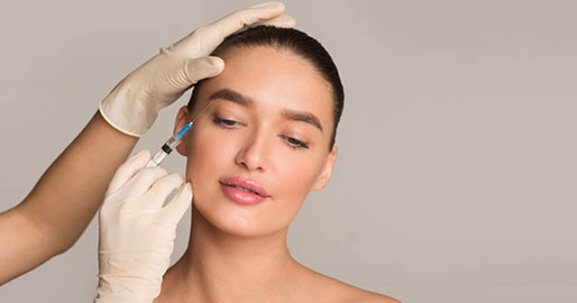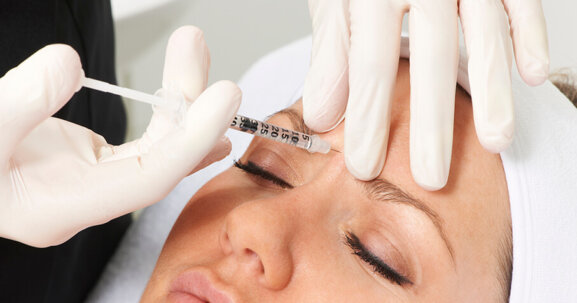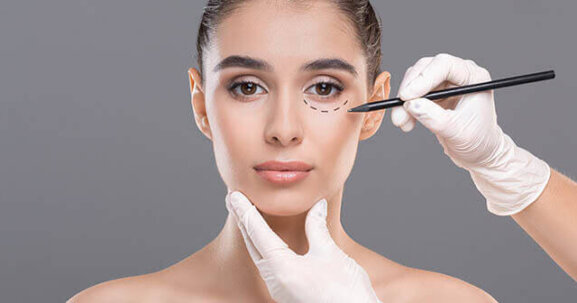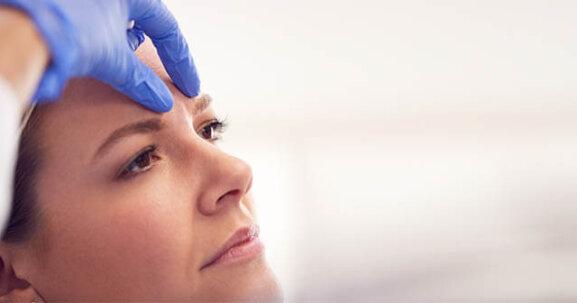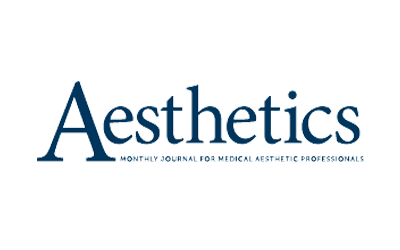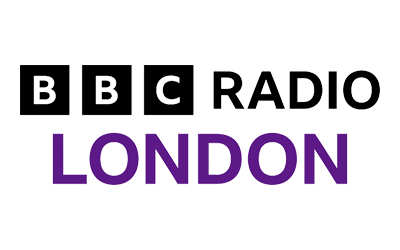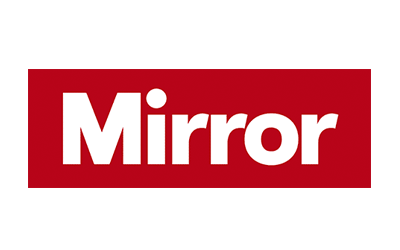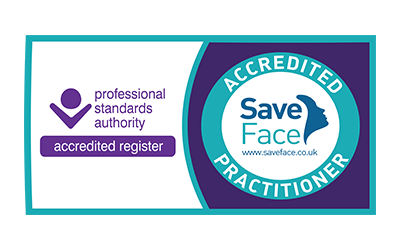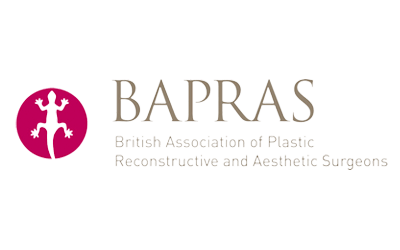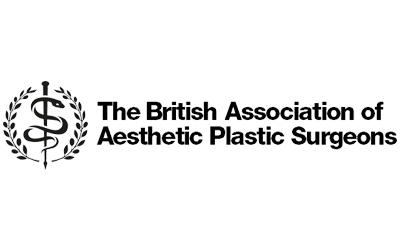One of the most valued cosmetic treatments due to the array of uses, dermal fillers are commonly known as filler, collagen injections, and hyaluronic acid injections. Dermal fillers help to restore your skin and facial contours to their former youthful appearance or enhance/ plump particular areas to be more aesthetically pleasing. This treatment is often used in the lips, cheeks, chin, nasolabial folds (nose to mouth lines), ageing hands, and in some cases, it can be used to contour the face and fill deep scars. Dermal fillers have many applications, so it’s important to learn about what they can treat then you’ll be able to make the most out of your treatment.
If you would like to talk to us about dermal fillers, call our London clinic today. We also offer dermal facial fillers for Asian patients, which tends to focus specifically on the nasolabial lines.




